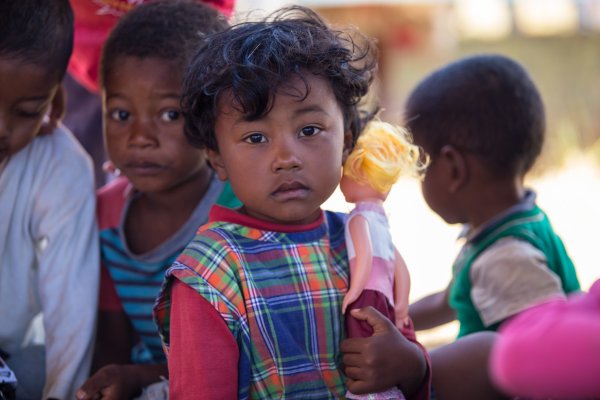1 in 4 malaria patients in Africa receive suboptimal dose of antimalarial drugs
A new study estimates that nearly 1 in 4 people with P. falciparum malaria in Africa are at risk of receiving too low a dose of artemisinin combination therapies (ACTs), increasing the chance of treatment failure and the risk that malarial parasites develop resistance to the drug they were exposed to.

This is the first study that has quantified how many patients are receiving suboptimal dose of WHO recommended artemisinin-based combination therapies.
The research team, led by WWARN’s Dr Kasia Stepniewska and Professor Philippe Guerin, analysed existing data from nearly 155 million reported malaria patients across Africa. They found that nearly 9% of the excess treatment failures are in patients with hyperparasitaemia. This group of patients may therefore be particularly likely to act as reservoirs of anti-malarial drug resistance.
“We may actually be underestimating the number of patients with hyperparasitaemia, because patients with high level of parasite infection are not detected and reported by currently available rapid diagnostic test if they have no other symptoms of severity ,” said Professor Philippe Guerin.
“The high parasite load in these patients might also not be spotted in the clinic if the patient is not very ill, which means they’re likely to be received the standard dose of artemisinin-combination therapy: this dose may not be enough to kill all the malaria parasites in these patients.”
In total, the researchers estimate that the between 0.3 – 1 million treatment failures are likely to be happening across Africa, due to the dose of anti-malarial not being right for specific groups of patients.
The research team also found that 2.5 million malnourished children across Africa are likely to have malaria, making up nearly 2% of the uncomplicated malaria cases in the region. These findings indicate that the relationship between malnourishment in children and risk for malaria, as well as the right treatment for these children, is likely to be complicated, and more studies are needed to understand this relationship.
The research team, which included scientists in Ghana and South Africa, recommends using semi-quantitative rapid diagnostic tests in malaria clinics, which would identify patients with levels of parasite infection above a certain threshold.
Professor Philippe Guerin said “We think that manufacturers and health regulators need to consider changes in current antimalarial dosing and treatment duration to meet the needs of these sub-groups of malaria patients, and new anti-malarial treatments also need to make sure that the drugs are sufficiently concentrated for these high risk subpopulations.”
Read the full paper in PLOS Global Public Health.
